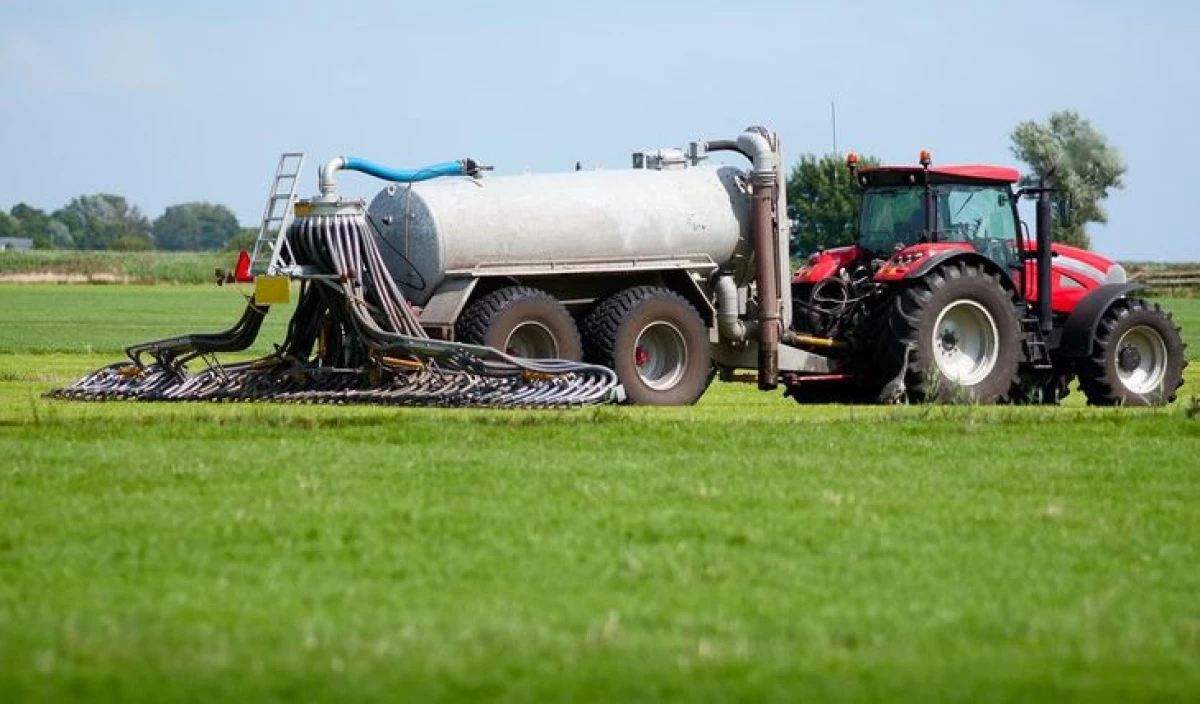
At least in the US, this is already happening right now, as Kevin writes from his article on the portal www.farmprogress.com.
Dung management acquires a new meaning, because on the one hand, the concerns of the public that is growing about the welfare of the environment, and on the other, the agrarian has some shock from growing prices for mineral nitrogen fertilizers.
"Unlike many people, I do not consider the manure as a monster, but rather as an essential tool for industrial agriculture. But once the manure was considered inevitable evil and had a very small monetary value. Now everything has changed. Livestock waste turned into a valuable product, "Navigation auctions" launched, and the export of "smelly gold" beyond the farm increased dramatically.
Today, manure is a popular product, where demand sometimes exceeds accessibility, and is considered an additional source of income for livestock breeders. Considering this, it is safe to predict the further development of a manure business, which will bring the successes of both livestock and crop.
For liquid manure, the periods of application are usually determined by grown cultures, therefore mainly the introduction is carried out in the United States in the summer after harvesting wheat or in the fall after harvesting corn or soybeans.
Thanks to the research conducted by Glen Arnold from Ohio University, manufacturers began to consider the potential advantages of making manure and growing cultures.
The study of Glen concerned the introduction of liquid pork manure on a growing wheat as a spring feeding. His experiments have shown that the use of liquid pork manure as a feeding will give the same crop as commercial nitrogen. Thus, the introduction of manure on a growing culture provides an additional window for feeding and complies with the principles of 4 R, where the right time and the right place are considered specifically.
After that, the wheel of agrarian history was not only turned, but also spinning with a new force, and the use of manure on growing crops increases in geometric progression. Over the past 10 years, several farmers have created even their individual technology: one is brought by the dragline directly over the culture after landscaping or shooting, while others use the tank for the dung fat moving up and down the rows.
Today there are many tests for making liquid manure into the soil of corn to the root, and most of them are made using the Draghun system.
Since 2014, tests show that pork manure used as an addition to the corn to the root, gives higher yields compared with the commercial 28% CAS on the same field. On average, over the years, the increase in yield amounted to 15.71 bushels from the acre. This is a significant increase, and it cannot be ignored.
It is noted that the best technology works on the field planted on the diagonal; The norm should be based on the manure presented by professional analysis (and for pork manure the norm will always be less than for the manure of CRS); It is necessary to ensure good coating; The optimal distance to the source of the manure is not more than 1.5-3 km (the farther from the source, the greater the pumping pumps and hoses are required). Finally, liquid manure on the corn can be made from the prevailing period to V4 (height is about 20 cm). Studies show that the introduction of the V4 stage may result in damage and reducing the yield.
(Source and photo: www.farmprogress.com. Posted by Kevin Otte, Certified Certification Consultant and CEO OTTE AG).
